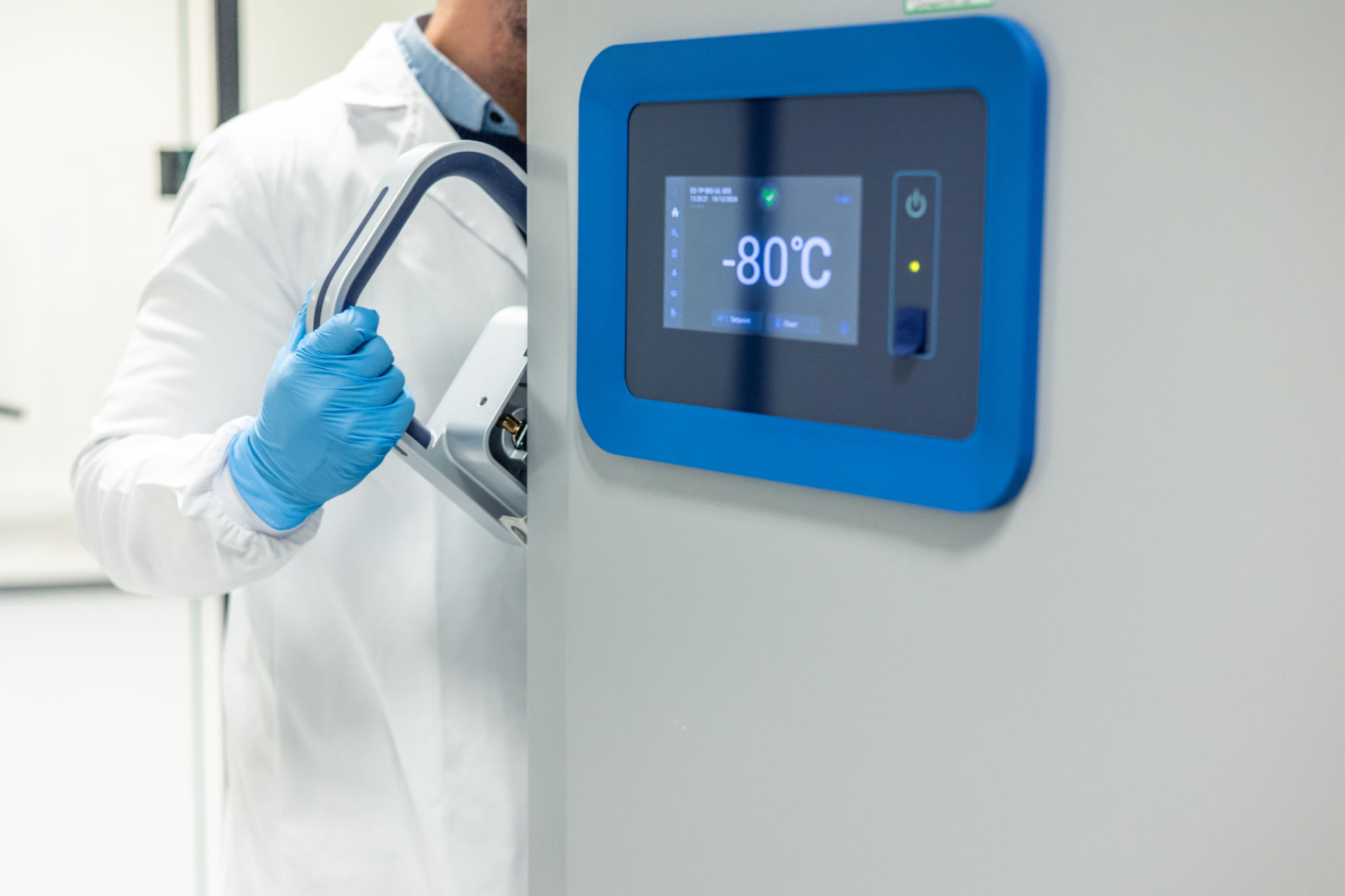How Seasonal Changes Affect Lab Equipment: A Guide for Singapore and Malaysia
Understanding Seasonal Changes in Singapore and Malaysia
In tropical regions like Singapore and Malaysia, the climate is characterized by high humidity and consistent temperatures year-round. However, these countries experience distinct wet and dry seasons that can significantly impact laboratory environments. Understanding how these seasonal changes affect lab equipment is crucial for maintaining accuracy and efficiency in experiments.
The wet season, typically from November to January, brings increased humidity levels that can lead to condensation and corrosion. Meanwhile, the dry season, occurring from February to October, may introduce other challenges such as dust accumulation. Being aware of these environmental factors is essential for lab managers and technicians.

Impact of Humidity on Lab Equipment
High humidity can be particularly detrimental to sensitive laboratory instruments. Moisture can cause rusting on metal parts, while electronic components may suffer from short-circuiting due to condensation. To combat these issues, it's advisable to use dehumidifiers and ensure proper ventilation to maintain a stable environment.
Additionally, moisture can affect sample integrity, leading to inaccurate results. Laboratories should consider investing in humidity-controlled storage solutions for samples and reagents. This preventive measure can help safeguard against the adverse effects of high humidity.

Managing Temperature Fluctuations
Although temperatures in Singapore and Malaysia remain relatively stable, slight fluctuations can still impact lab equipment. Many instruments are temperature-sensitive and require a controlled environment for optimal performance. It's important to regularly monitor and calibrate equipment to ensure accuracy.
Temperature variations can also affect chemical reactions, potentially altering experimental outcomes. Labs should implement temperature control measures, such as air conditioning or climate-controlled rooms, to mitigate these risks.

Dust and Contamination during the Dry Season
The dry season can lead to increased levels of dust, which poses a contamination risk in laboratories. Dust particles can interfere with sensitive equipment and compromise sample purity. Implementing air filtration systems and regular cleaning routines can help mitigate these risks.
It is also important to ensure that all instruments are covered when not in use. This simple step can prevent dust accumulation and extend the lifespan of your lab equipment.

Best Practices for Maintaining Lab Equipment
To effectively manage the impact of seasonal changes on lab equipment, it’s essential to adopt certain best practices:
- Regular Maintenance: Schedule routine checks and servicing for all laboratory equipment to ensure they are functioning optimally.
- Environmental Monitoring: Use sensors to continuously monitor humidity, temperature, and air quality within the lab.
- Staff Training: Educate lab personnel on the importance of environmental control and proper equipment handling techniques.
By implementing these practices, laboratories in Singapore and Malaysia can ensure that their equipment remains in good working condition throughout the year, regardless of seasonal changes.
